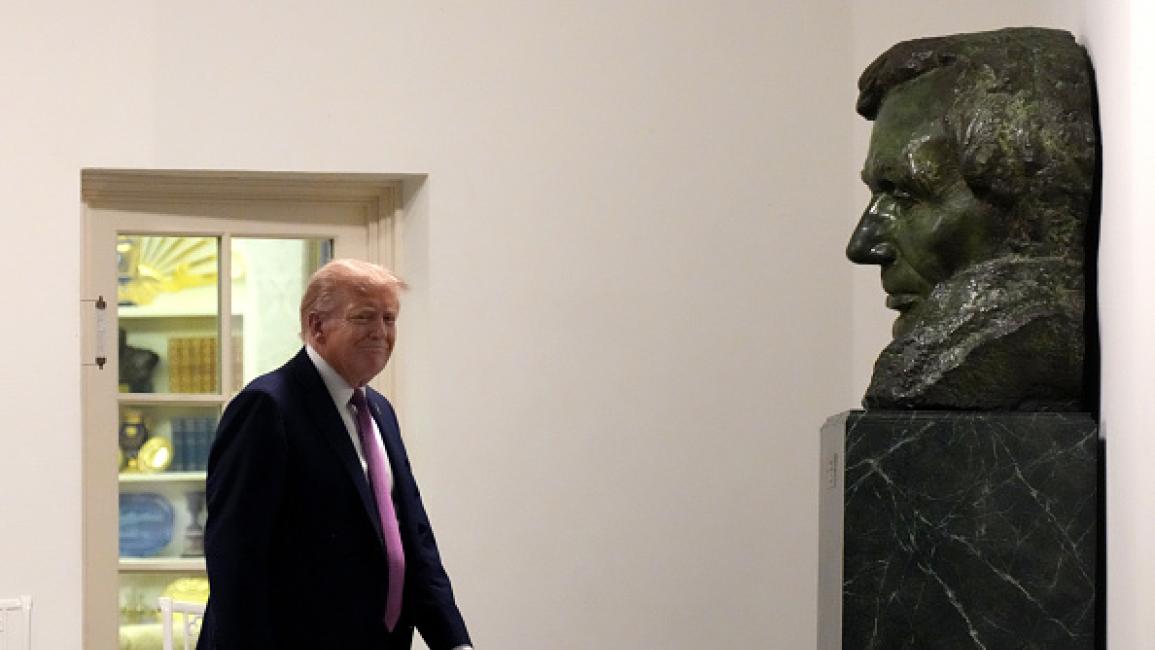Inflation Finally Eases: Has the Consumer Price Nightmare Ended?

Introduction: Relief for Consumers After months of relentless price hikes, recent economic data indicates that inflation in the United States is finally showing signs of easing. For millions of consumers, this could signal a reprieve from the burdens of rising costs for everyday goods and services. From groceries and fuel to housing and healthcare, the pressure of inflation has affected household budgets nationwide. For ongoing updates on inflation trends and their economic implications, Breaking News provides real-time coverage.
Understanding Inflation Trends
Inflation, the rate at which prices increase over time, is influenced by multiple factors including supply chain disruptions, labor shortages, monetary policy, and global commodity prices. Analysts in U.S News note that the recent decline in inflation rates reflects a combination of improved supply chain efficiency, stabilization of energy prices, and the effects of interest rate policies implemented by the Federal Reserve.
Energy Costs and Their Role
One of the main contributors to the high inflation rates in recent months has been volatile energy prices. Fuel and electricity costs surged during periods of geopolitical tension and natural disasters that disrupted production and supply. Reports in News indicate that recent declines in energy prices have played a significant role in easing overall inflationary pressures.
Supply Chain Recovery
Global supply chains, which were heavily disrupted during the pandemic, have gradually recovered. Manufacturing output has increased, port congestion has eased, and shipping costs have declined. Coverage in World highlights how these improvements have contributed to more stable prices for consumer goods.
Labor Market Adjustments
Wage growth is a critical component of inflation. When wages rise faster than productivity, businesses often pass on costs to consumers, fueling inflation. Recent data suggests that wage growth is stabilizing in certain sectors, reducing upward pressure on prices. Analysts in Trump News explain that labor market adjustments, combined with moderated demand, have helped slow the pace of inflation.
Government Policies and Intervention
Monetary and fiscal policies have been instrumental in managing inflation. The Federal Reserve’s interest rate hikes and targeted fiscal measures have helped to curb excessive spending and borrowing. Reports in Breaking News emphasize that coordinated government action is essential to maintain this trend and prevent a resurgence of price instability.
Impact on Consumer Spending
Easing inflation positively affects household budgets, increasing disposable income and purchasing power. Consumers can now spend more on non-essential goods, travel, and investments, stimulating economic activity. Coverage in U.S News details how consumer sentiment is improving as prices stabilize.
Housing Market Implications
Housing costs are a major component of inflation. Stabilization in mortgage rates and housing prices contributes significantly to reducing the overall inflation rate. Reports in News indicate that moderate declines in rent and home prices are providing relief to households struggling with housing affordability.
Food Prices and Essentials
Grocery and food prices, which have seen substantial increases, are now showing signs of stabilization. Global agricultural production improvements, lower transportation costs, and favorable weather conditions have contributed to easing price pressures. Analysts in World note that this trend is critical for low- and middle-income households.
Global Economic Factors
Inflation is not only influenced by domestic conditions but also by global economic trends. Changes in commodity prices, international trade, and foreign exchange rates affect the cost of imported goods. Coverage in Trump News examines how global factors interplay with domestic policies to shape inflation outcomes.
Investor Perspective and Market Implications
Financial markets closely monitor inflation as it influences interest rates, bond yields, and equity valuations. Stabilizing inflation can boost investor confidence and encourage investment in growth sectors. Reports in Breaking News provide analysis on market reactions to the latest inflation data.
Challenges Ahead
While the easing of inflation is promising, risks remain. Unexpected geopolitical events, energy shocks, or supply chain disruptions could reverse the trend. Economists in U.S News stress the importance of vigilance and responsive policy measures to sustain stability.
Conclusion: A Tentative Relief
The decline in inflation offers a moment of relief for American consumers and businesses alike. It restores purchasing power, enhances economic confidence, and allows households to plan for the future with greater certainty. Following Breaking News ensures continued awareness of inflation trends and policy developments affecting the economy.




